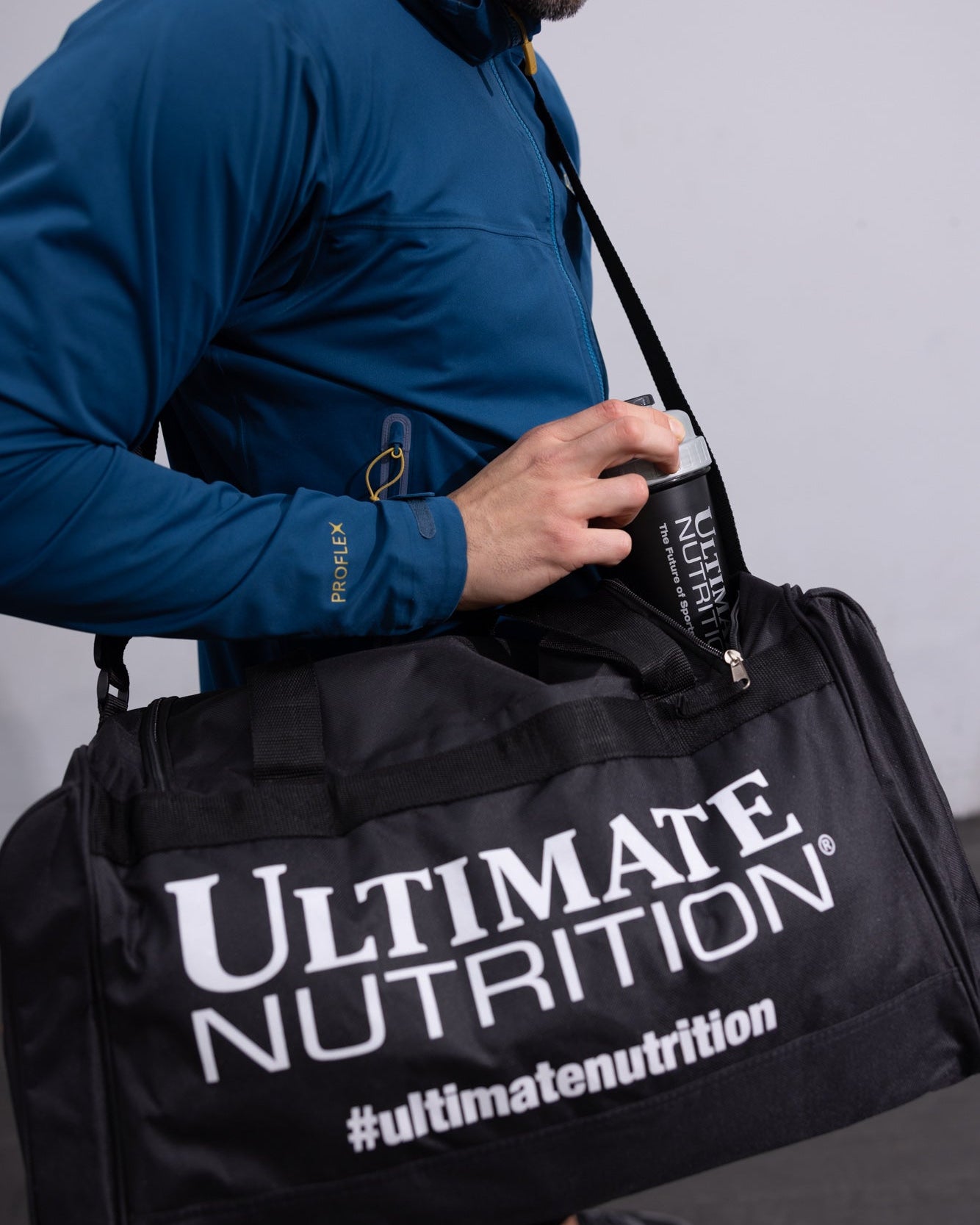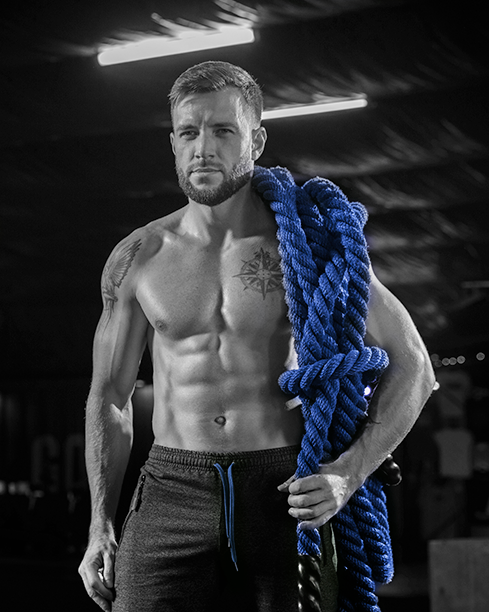So, you've mastered the basic squat and dabbled in some of its variations. Ready for the next challenge?
Enter the Cossack squat.
This exercise enhances flexibility and balance, making it a valuable addition to any workout regimen. Let’s dive into what makes the Cossack squat so effective and how to master it to reap its full benefits.

What Exactly is a Cossack Squat?
This move starts with your feet spread out wider than your shoulders.
As you squat down, one leg bends deeply with the knee and foot pointing outwards, while the other leg remains straight, toes facing upward. These movements engage your lower body muscles in a way that typical squats might not reach.
Cossack Squat Muscles Worked
One of the reasons the Cossack squat stands out from other exercises is its ability to engage a diverse group of muscles:
- Glutes and Quads: These are the primary drivers of the movement, providing power and stability.
- Hamstrings: They work dynamically to stabilize your movements as you shift from side to side.
- Adductors and Abductors: These muscles are crucial for maintaining balance and stability during the squat's wide stance.
- Core Muscles: Engaging your core is essential to stabilize your upper body during this exercise.
Cossack Squat vs. Lateral Lunge: Spotting the Differences
Ever confused a Cossack squat with a lateral lunge? You’re not alone.
While both involve side-to-side movement, the Cossack squat keeps the extended leg's toes up, enhancing the stretch and strength required through the ankles, knees, and hips.
On the other hand, the lateral lunge allows the toes of the extended leg to point forward, focusing slightly more on the inner thigh and less on joint flexibility.

Mastering the Cossack Squat Progression
Perfecting the form of the Cossack squat is crucial for maximizing its benefits and minimizing the risk of injury.
Proper Form
Follow along to make sure you are utilizing the proper form.
#1 Starting Position
Position your feet significantly wider than shoulder-width apart, toes pointing slightly outward. This stance allows ample room for lateral movement and ensures stability.
#2 The Descent
Shift your weight to one side, bending the knee deeply while the other leg stays straight, toes up. Keep the bent leg’s foot flat and the knee in line with your foot to target the right muscles and protect your joints.
#3 The Ascent
Press through the heel of the bent leg to rise back to the starting position. Maintain control to keep balance and maximize muscle engagement. Then, switch sides to promote balanced strength and mobility.

Common Mistakes to Avoid
Avoiding common mistakes can drastically improve the effectiveness of your Cossack squats and reduce the risk of injury.
Overextending the Knee
Do not let your knee extend beyond your toes. This common error can lead to knee strain or injury.
Keeping your knee aligned with your foot helps distribute your weight evenly and maintain proper leg mechanics.
Losing Balance
Balance can be challenging in this exercise. To improve stability, keep your core engaged throughout the movement.
Your abdominal muscles are vital in stabilizing your upper body and supporting smooth weight transitions from side to side.
Heel Lifting Off the Ground
It’s essential to keep the heel of your working leg firmly on the ground. Lifting the heel can lead to imbalance and less effective muscle engagement.
A grounded heel ensures you're using the full strength of your lower body and maintaining a stable base.

Cossack Squat Alternatives
Once you’ve mastered the basic Cossack squat, you can introduce variations to increase intensity or focus on specific muscle groups. Here are some effective variations:
Goblet Cossack Squat
Adding a kettlebell or dumbbell held at chest height increases the core and upper body demand of the traditional Cossack squat.
Hold a weight close to your chest with both hands. Perform the squat by shifting your weight side to side, keeping the weight steady to maintain balance and torso alignment.
Abductor Squat
This variation targets the abductor muscles more intensely by emphasizing the outer thighs and hips.
Perform a standard Cossack squat but emphasize pushing outwards with the knee of the bent leg to further engage the hip abductors.
Pulse Cossack Squat
Adding a small pulse at the bottom of the squat can increase the muscles' time under tension, enhancing strength and endurance.
Once in the deepest part of the squat, perform a slight up-and-down movement (pulse) before returning to the starting position.

Master Your Cossack Stretch with Ultimate Nutrition
Mastering the Cossack squat can significantly enhance your lower body strength, flexibility, and overall athletic performance. As you push your limits with this demanding exercise, your body requires the right fuel to recover and grow stronger.
Our protein powders provide high-quality, fast-absorbing protein that helps rebuild muscle fibers and reduce recovery time. You can return to your workouts quicker and with more strength, enabling continual improvement and better performance in every session.
A few of our favorites include:
Check out our blog and exercises for more insights into perfecting your form and expanding your exercise repertoire.
The information provided in our articles are meant for informational and educational purposes exclusively and should not be considered as medical advice. It is essential to consult a healthcare professional before starting a new nutritional product and/or making significant changes to your diet and/or starting a new exercise regime. These products are not intended to diagnose, treat, cure, and/or prevent disease.





















